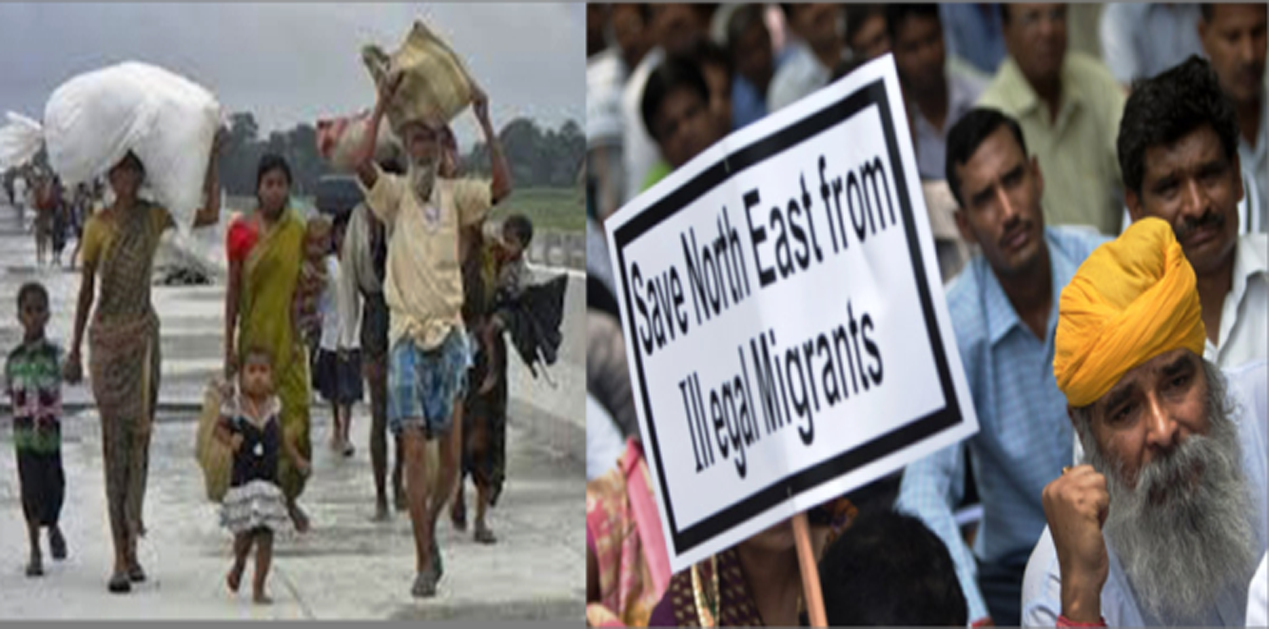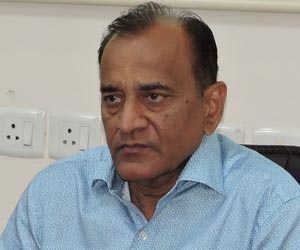If we disentangle politics from the ongoing process to prepare a National Register of Citizens (NRC) for Assam, we will better understand the ‘what, why and how’ of the exercise, its enormity, and its necessity from both the State and the national perspectives. The task to finalise the NRC, even if limited to one State for now, is complex. And yet, the bottom line is simple enough: Identify residents who are genuine Indians and those that have illegally entered and stayed on in the country in violation of the laid down laws.
On July 30, the Registrar General and Census Commissioner of India (RGCCI) released the final draft NRC for Assam. Of the 3.29 crore applications that the survey organisation had received for inclusion, 40 lakh were rejected for want of necessary evidence or documents that could demonstrate the Indian nationality of applicants. This set off a political furore, with claims and counter-claims resting more on allegations than facts. The RGCCI had to clarify that the list announced was not the final one, that those left out had the chance to submit their claims and objections with supporting documents, and that errors which may have crept in and led to exclusions, would be rectified. Union Minister for Home Affairs Rajnath Singh made a similar declaration in Parliament even as certain Members of Parliament smelled a rat. For some, the NRC came in handy to condemn the Centre’s ‘dubious motive’; for others, it was a demonstration of ‘nationalist’ credentials.
But for the truth to be fully understood, we must begin from the beginning: The involvement of RGCCI. It was founded in 1961 with the purpose of conducting demographic surveys and analysing the results. The process includes the Census of India and the Linguistic Survey of India. The primary reason why it was engaged to prepare the NRC for Assam is because of fears that large-scale demographic changes had created in the minds of indigenous Assamese people. The apprehension was that these changes were less due to internal reasons and more as a result of external factors — such as the arrival of migrants illegally from neighbouring Bangladesh over the decades. The changed demographic profile had upset the local population for various reasons, chief among them being that the ‘outsiders’ had proceeded, with some political patronage, to usurp resources over which Indian nationals had the first right. The friction so created often escalated into violence, rendering Assam into a state of unrest and compelling the political class to find a solution.
The influx of immigrants on a major scale happened on two occasions: around Partition in 1947, and in the run-up to the 1971 war with Pakistan which ended with the creation of Bangladesh. However, the flow of people from across the border continued even after 1971. The issue acquired critical mass for the first time in 1978, when the voters’ list in the by-election to a Lok Sabha constituency in Assam was found to have suddenly expanded exponentially. The All Assam Students Union, then a fledgling outfit, raised the matter and demanded deferment of the poll until the names of ‘foreigners’ were struck off the voters’ list. This was the beginning of a six-year long agitation — often violent in nature.
Matters turned worse with the horrific Nellie massacre, which claimed nearly 2,200 lives. The perpetrators were believed to be Assamese tribals and most of the victims were Muslims. The incident came in the wake of protests by the locals against the Government’s decision to grant millions of ‘Assamese’ the right to vote in the State poll. It was a vitiated environment, and the voting turnout was a mere 32 per cent.
Rattled by the ongoing violent unrest, the Union Government brought in the Illegal Migrants (Determination by Tribunal) Act of 1983. The IMDT was supposed to protect the interests of the indigenous Assamese population, and it laid down a procedure to detect illegal immigrants and expel them from Assam — this was the only State where the IMDT applied; the Foreigners Act of 1946 was in force elsewhere. But the legislation proved to be a failure, because the general belief was that it was designed more to protect a particular minority community from being deported or otherwise harassed. Eventually, the Supreme Court invalidated the Act in 2005, on a petition challenging the law. The court said that the Act and the rules framed thereof had “created the biggest hurdle and are the main impediment or barrier in the identification and deportation of illegal migrants”.
The situation continued to worsen, and a determined push was finally made to resolve the matter once and for all, resulting in the Assam Accord of 1985. The signatories to the agreement were the Centre, the Assam Government, the All Assam Students Union and the Asom Gana Parishad, which had emerged as a powerful local political force. Three categories of people were decided upon. The first comprised people who came to Assam before January 1, 1966; the second was that of those who came in between January 1, 1966, and March 24, 1971; and the third group represented those who came into Assam on or after March 25, 1971. The accord said that the first group of people would be considered as full-fledged citizens, the second would be denied the right to vote for 10 years, and those in the third classification would be deemed illegal and deported.
Obviously enough, the process of determining these classes of people had to be conducted by a survey body, and thus the RGCCI came to be involved. But it took nearly two decades for the updating process of NRC in Assam to begin. It was only in May 2005, after a meeting held between the Union Government, the All Assam Students Union and the Assam Government, that a decision was taken to bring the NRC to date. Unfortunately, the process got stuck yet again, and in 2009 the apex court was moved by a Non-Government Organisation, which demanded the deletion of the name of illegal immigrants from the State’s voters’ list. Nudged by the court, the Centre initiated a pilot project in 2010, in two districts of the State, for the preparation of an updated NRC. Violence broke out thereafter and the pilot project was hastily abandoned. After a few more twists and turns, the Supreme Court directed the Centre to resume the updation of the NRC for Assam, and took it upon itself to monitor the process. Meanwhile, the Government changed at the Centre in mid-2014, and the new regime decided to resume from where matters had been left, culminating, for now, in the final draft list of NRC.
There are two versions of the dramatic demographic changes that have taken place in many parts of Assam. One is what former Chief Minister and veteran Congress leader Tarun Gogoi believes in — that the increase in Muslim population has been more due to illiteracy than infiltration. “We have to go and address the actual cause of the problem”, he observed. The other version is, of course, that large-scale illegal migration from primarily Bangladesh (and that too largely of Muslims) has led to the crisis. But the explosion of population of a certain religious community is not denied either way. According to the Census of 2011, there are now no less than nine districts in Assam that have become Muslim-majority — there were six in the 2001 Census. The percentage of the minority population in these regions varies between 50 per cent and 80 per cent.
Back in 1998, then Governor of Assam, Lt General SK Sinha had warned that the “silent demographic invasion of Assam may result in the loss of the geo-strategically vital districts of Lower Assam”. Twenty years down the line, we are still grappling to find a solution.
(The writer is a senior political commentator and public affairs analyst)
Image Source: https://artoflivingsblog.files.wordpress.com/2012/09/assam-illegal-immigrants1.png











Post new comment